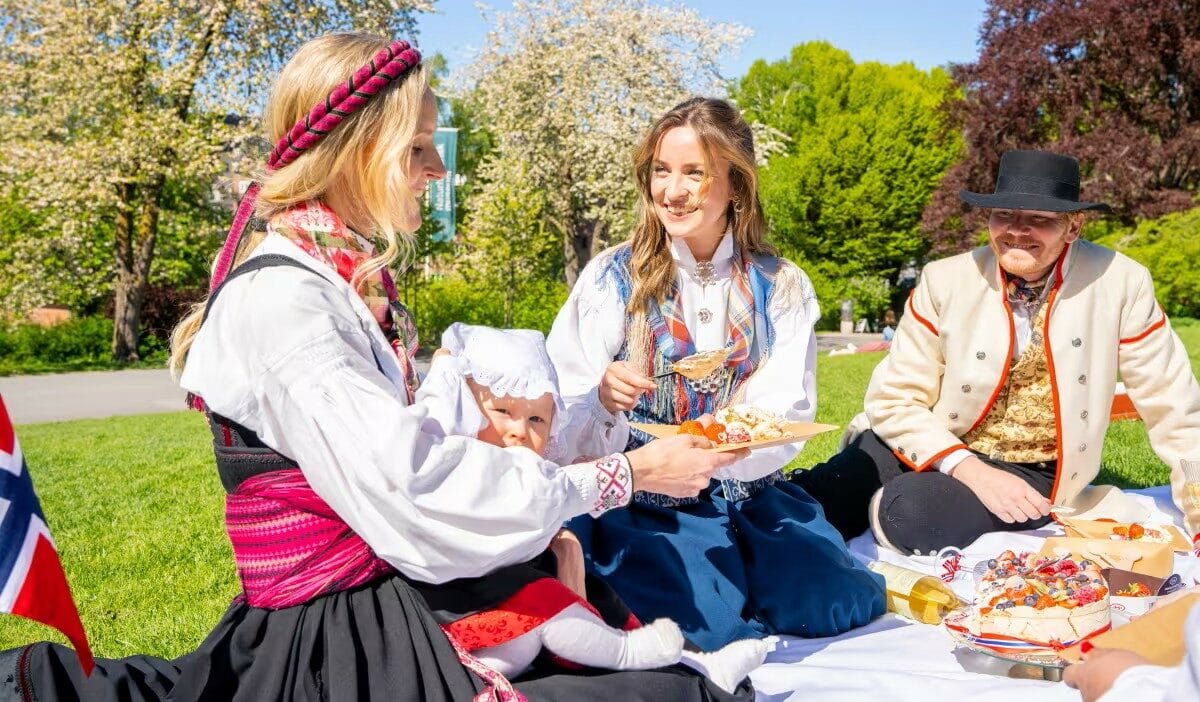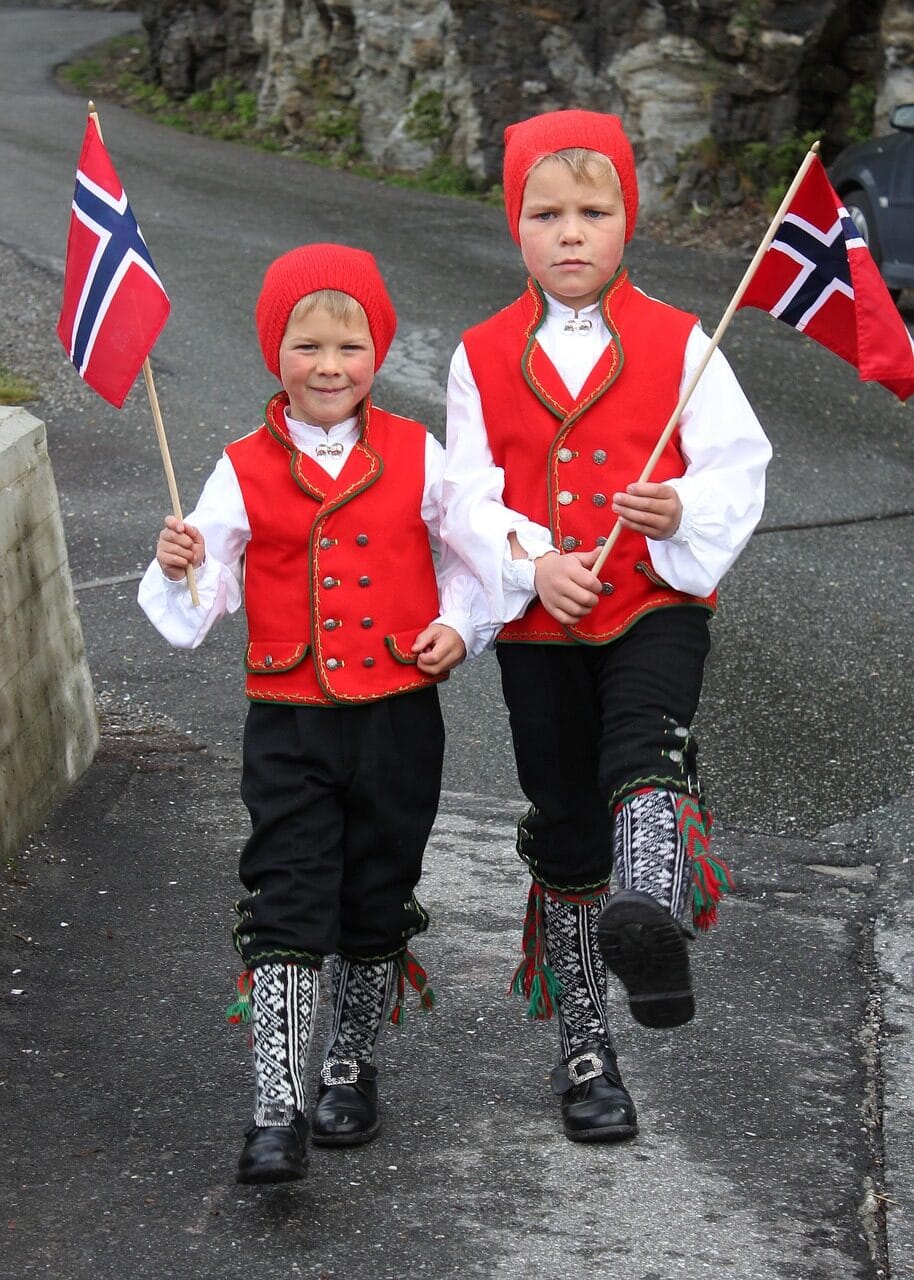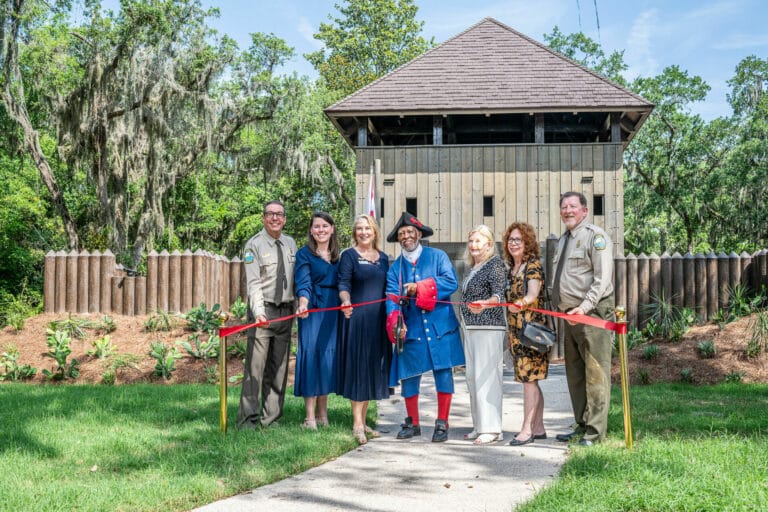How Constitution Day Traditions Unite Modern Norway in Spectacular National Celebration
Norway's Constitution Day celebrates freedom & resilience through traditional parades, iconic attire & community values, blending past heritage with modern sensibilities

Each year on 17 May, Norway erupts in a magnificent display of national pride and cultural heritage as millions gather to celebrate Constitution Day, known locally as Syttende Mai. The festivities, which mark the signing of Norway’s constitution in 1814, showcase how historical traditions can remain vibrantly relevant in contemporary society.
A Legacy of Freedom and Resilience
The celebration’s roots trace back to 1829, when Norway began officially commemorating the constitution’s signing at Eidsvoll. The day gained deeper significance following World War II, when the return of children’s parades after the Nazi occupation became a powerful symbol of Norway’s enduring spirit and cultural identity.
Today’s celebrations maintain their traditional core while embracing modern sensibilities. Communities across Norway have begun incorporating sustainable practices into their festivities, including the use of electric vehicles in parades, demonstrating how cherished customs can adapt to contemporary values.
Youth Culture Meets Tradition

The highlight of Constitution Day remains the children’s parades, with Oslo hosting the largest gathering of more than 60,000 young participants. These processions, accompanied by marching bands, fill streets nationwide with a sea of red, white and blue flags and the sound of patriotic songs.
The wearing of bunads, Norway’s traditional costumes, adds a striking visual element to the celebrations. These intricately designed garments, passed down through generations, represent different regions and family histories, creating a living museum of Norwegian heritage.
A unique aspect of the modern celebration is the russ tradition, where graduating secondary school students participate in a month-long celebration culminating on Constitution Day. This century-old custom sees young people in distinctive red or blue overalls engaging in organised activities and celebrations, bridging the gap between historical observance and contemporary youth culture.
Culinary Traditions and Community Spirit

Food plays a central role in the festivities, with ice cream being a particularly beloved treat. Traditional Norwegian dishes are shared at community gatherings, family meals and street celebrations, fostering a sense of togetherness that crosses generational and social boundaries.
The celebrations also maintain their inclusive nature, welcoming visitors and new residents to participate fully in the festivities. This openness reflects Norway’s modern identity as a diverse, forward-looking society that takes pride in its historical foundations.
As Norway carries on present and future Constitution Day celebrations, we want to congratulate all our Norvegien readers! We learn from them that the balance between honouring tradition and embracing change remains crucial. The day continues to evolve while preserving its essential character as a celebration of freedom, democracy and national identity.
The success of Norway’s Constitution Day demonstrates how national celebrations can remain relevant and engaging in the digital age. Maintaining core traditions while welcoming new elements and participants, the celebration continues to strengthen community bonds and cultural pride across generations.
Do you want to share your story and inspire our readers ? Make The GOOD NEWS with us . Let’s start paving the way for a fairer, happier society together!





